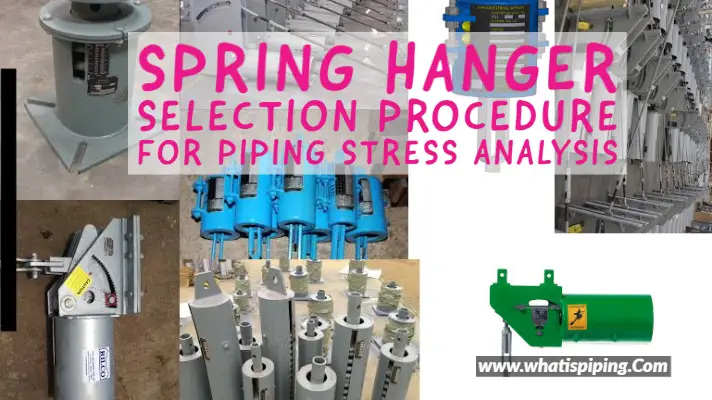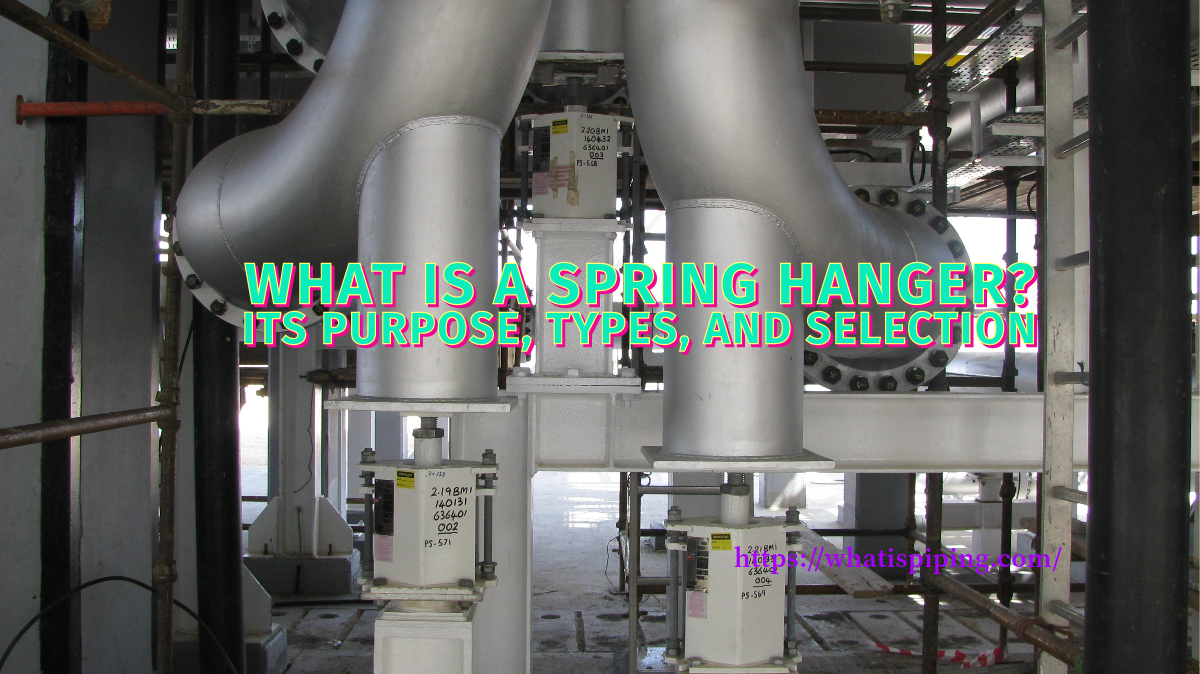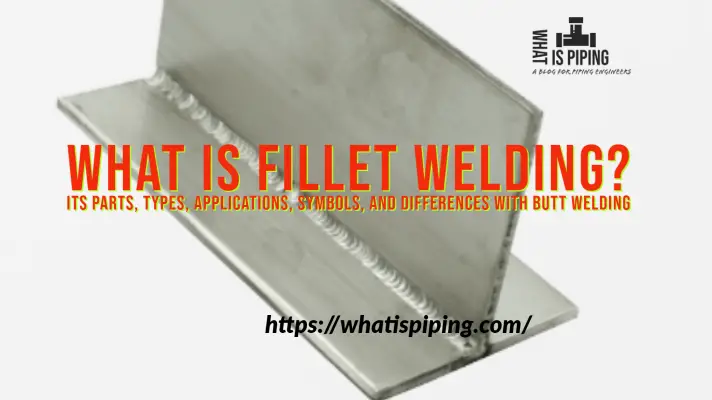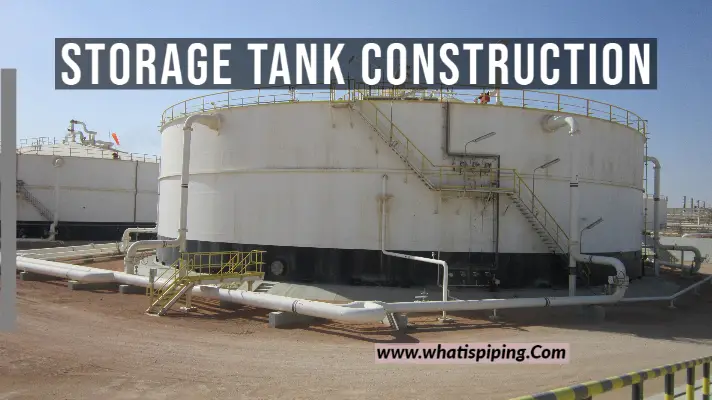This article is a continuation of my earlier article on Cold Springing which describes a few basic points regarding Cold Pull or Cold Springing. Click here to refer to that article.
How Cold Spring is applied on Site
- The system is fabricated short as specified by the stress engineer.
- The system is erected with a gap at some final closure weld, equal to the “cut shorts” in a specified direction.
- Forces and moments are then applied to one or both ends, as necessary, to bring the final joint into alignment.
- Pipe displacement can also be achieved by displacing supports in the vicinity of cold springs using hoists or adjustable supports. The stress engineer shall provide the movement of each restraint as required. This must appear on isometric or support drawings.
- One of the ways of deciding the restraint displacement is, using the Caesar displacement report.
- The other is using the following formula :- D = Dc + (C x Dh)
Where,
- D = restraint displacement to be adjusted during cold springing.
- Dc = Cold spring displacement without restraint.
- C = Cold Spring Factor.
- Dh = Hot displacement without the gap and the restraint.
- Anchors are provided to preserve alignment during welding, post-weld heat treatment, and final examination.
- Restraints are then removed, the resulting reactions are absorbed by the terminal points and the line is in a state of stress.
- During start-up, the line expands and the levels of stress and terminal reactions will decrease as envisaged
Few Important Points related to Cold Spring:
- The use of cold springs shall be avoided.
- Cold springing shall only be used to limit the magnitude of forces and moments on the nozzle and not to reduce stresses.
- The use of cold springs in the piping connected to rotating equipment is prohibited.
- Cold springs shall not be used in the vicinity of the nozzle.
- Cold springing shall be limited to a line design temperature of 3000C maximum.
Drawbacks of Cold Spring
The effectiveness of cold springs is generally considered to be questionable. It should not be used indiscriminately. Although it may provide an easy way out for an analyst to solve an equipment load problem, there are a number of considerations while adopting a cold spring in a piping system. The following points shall shed light on these factors:-
- Extra anchor points, to hold the cold sprung line in position till start-up, are required. Also, extra hoists are required to move supports in the desired direction during installation. These all arrangements make cold springing a costly act.
- Cold spring applied to low-temperature lines does not provide as a great benefit as it does in high-temperature lines.
- The theoretical cold spring gap, which can be very helpful in low-temperature lines, is very difficult to measure and control in the field.
- Due to small displacements, the effectiveness of the cold spring is unpredictable and might even produce a load that is damagingly high to the equipment.
- After the plant has been operated, deliberately installed cold spring can be misunderstood to be piping misalignment when disconnected during shut down and “corrected”.
- During repair, caution should be exercised when cutting into such lines as the line will be in a state of stress when cold. Proper anchoring on both sides of cut have to be planned to prevent possible accidents.
- Installation procedure for every type of support adjacent to cold spring is different. Excessive care should be taken during stress analysis about knowing exact restraint displacements to achieve cold spring. Same care has to be replicated at site during construction. Any erroneous interpretation can be a starting point for disastrous situation.
- Most of the times, the support adjustment/displacement can extend to few more supports than just one adjacent support. The same has to be considered and understood both at analysis and construction stage.
- Special support drawing showing necessary arrangements to achieve the cold springing during erection (with the help of nearest structural member) shall be made and the loads on the respective members shall be informed to civil through piping load data.
- It is required to write installation instructions of cold springing on the special support drawing and same shall be supervised at site.









Hi
This Is Anup Parikh. I am an material and corrosion engineer in ExxonMobil. We are having one piping system in our CCR reformer unit with cold apring effect.
Recently we have experienced one of the pring hanger dropped in same system. Hence we were wondering to identify root cause for the same.
We done skme invetigation and found that there was some error made during construction of system in field i.e. The constant spring (which has collapse now) support was installed in locked position during construction before cold spring was applied. When we try to simumate same (i.e. 2 scenario 1. Spring hanger unloacked and 2. Spring habger locked) in Caeser model we found that the load will be approx 4 times higher between 2 cases (higher in 2nd case) than max.load the spring hanger can take. Hence it resukted in failure.
Just want to test with you with your experience.
Pls do give me your feedback and any details required.